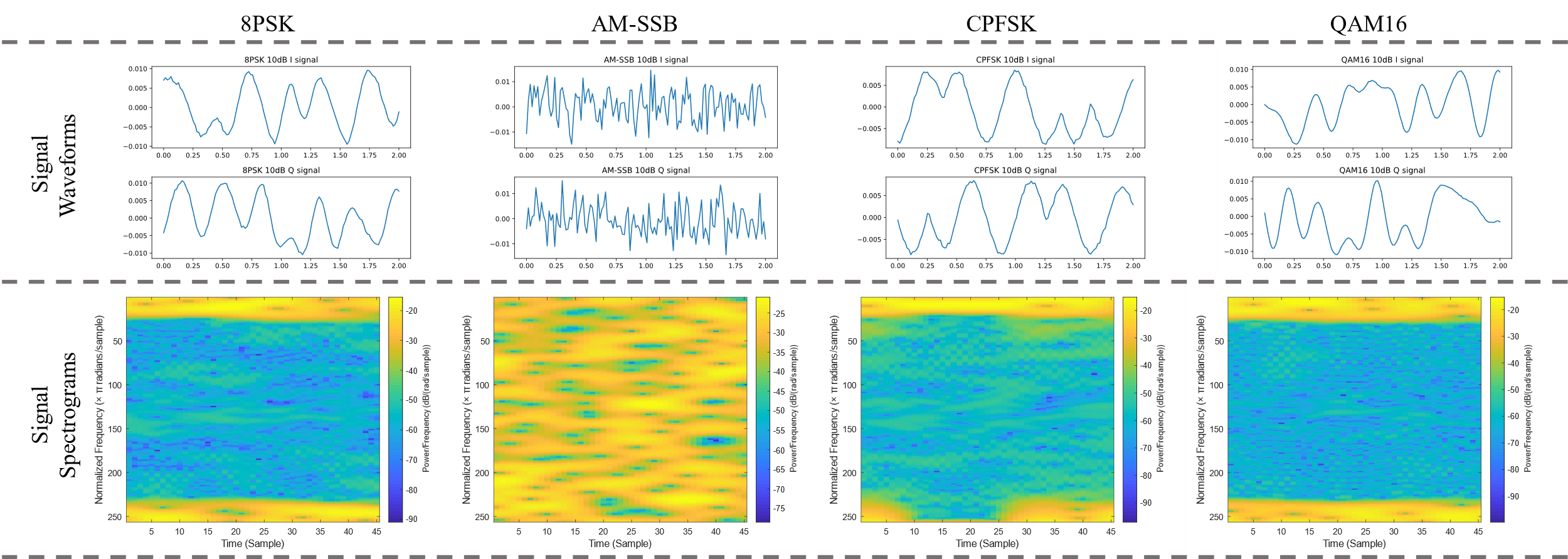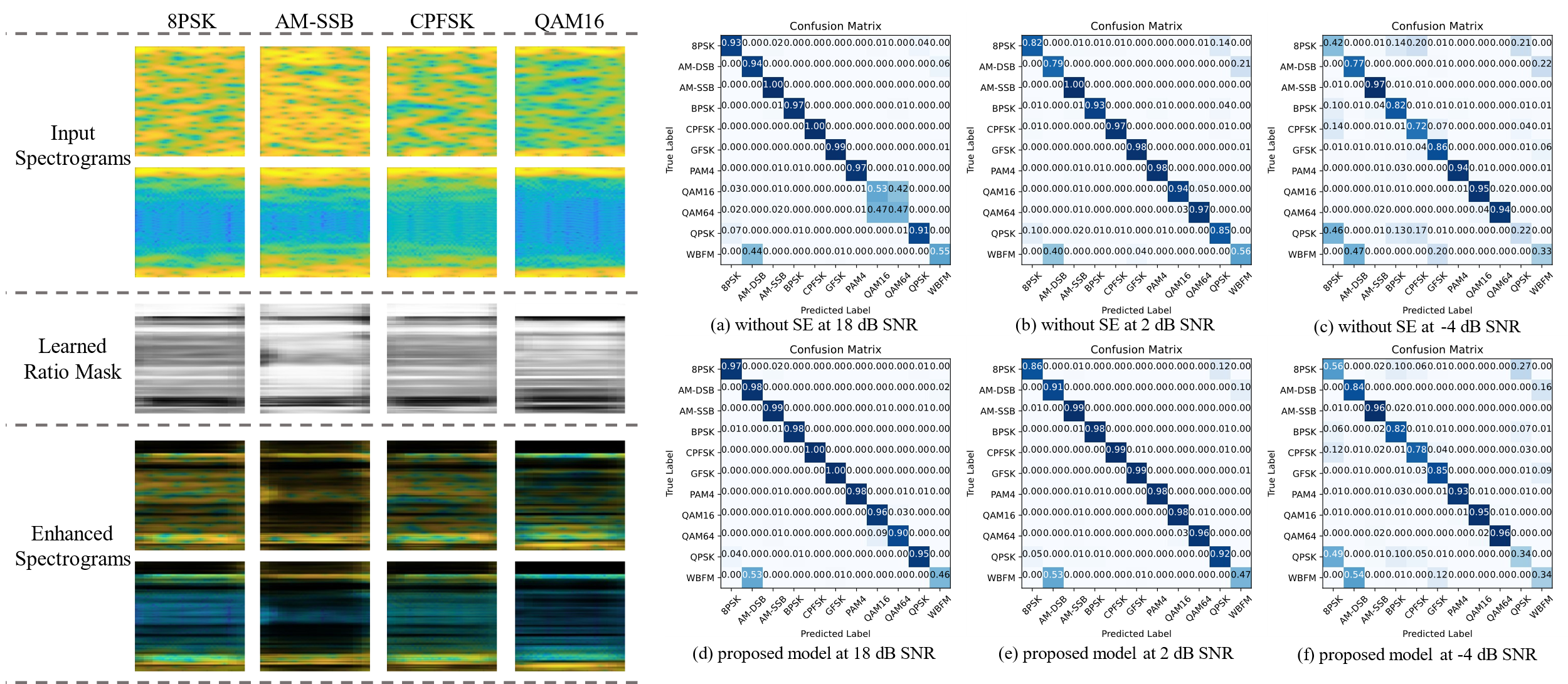Modulation recognition is a technology to determine the modulation mode of the received wireless signals, which is a key step in wireless communication systems for demodulation and subsequent signal processing. Modulation recognition of wireless signals plays an extremely important role in cognitive radio, cognitive communication, radio management, non-cooperative communication, and other fields.
With the rapid development and popularization of fifth-generation mobile communication systems, the wireless communication environment is increasingly complex. The performance of modulation recognition techniques in non-ideal wireless communication systems may be degraded dramatically due to environmental noise and communication interference. The robustness of the modulation recognition technique in non-ideal environments is a key factor for practical applications.

Professor Yi Gong’s research group from the Department of Electronic and Electrical Engineering at the Southern University of Science and Technology (SUSTech) has recently made great progress in wireless signal detection and recognition.
Their research results were published in IEEE Transactions on Wireless Communications (IEEE TWC) and IEEE Wireless Communications Letters (IEEE WCL), journals covering areas such as wireless communication systems & networks and personalized traffic filtering.
The studies significantly improve the modulation recognition performance of wireless signals in non-ideal communication environments by adopting a time-frequency attention mechanism and an integrated design that fuses signal enhancement and signal recognition.

Figure 1. Wireless communication signals with different modulation modes and their corresponding spectrograms
Recently, the introduction of the attention mechanism has effectively improved the modeling ability of deep neural networks under the condition of limited computing power. Most attention mechanisms are proposed for image and speech signal processing, which were not designed to extract inherent characteristics of wireless signals.
According to the characteristics of wireless signals, Prof. Gong’s team proposed a time-frequency attention mechanism. It can learn the channel, time, and frequency information of the signal separately, and help the neural network to focus on the meaningful parts of the features. Experimental results have demonstrated that it effectively improves the performance of modulation recognition.
This work was published in IEEE WCL, entitled “Learning of Time-Frequency Attention Mechanism for Automatic Modulation Recognition”.

Figure 2. Flow chart of modulation recognition framework and time-frequency attention mechanism
In practical communication systems, the performance of signal recognition drops sharply due to the complicated channel conditions, strong electromagnetic interference, and environmental noise. The researchers proposed a joint learning framework based on signal enhancement and time-frequency attention mechanism, which effectively improved the robustness against noise.
The signal enhancement module and the signal classification module were jointly optimized by using a single recognition loss. The main function of the signal enhancement module was to find important time-frequency bins for the signal classification module. The modulation information contained in the SC module was allowed to feedback and influence the SE module to optimize the final recognition performance, which solves the problem of difficult acquisition of clean signals in practical applications.
In addition, the research also introduces a dual-channel spectrum fusion module, which utilizes the features of the original signal and the filtered signal to increase the diversity of input features to improve recognition performance.
This work was published in IEEE TWC, entitled “Modulation Recognition Using Signal Enhancement and Multi-Stage Attention Mechanism”.

Figure 3. The time-frequency feature maps extracted by the modulation recognition framework and the confusion matrix of modulation recognition
Shangao Lin, a postgraduate student of the Department of Electronic and Electrical Engineering at SUSTech, is the first author of the two papers. Prof. Yi Gong and Dr. Yuan Zeng are the co-corresponding authors, and SUSTech is the only unit of the papers.
This research was supported by the National Key R&D Program of China, the National Natural Science Foundation in China (NSFC), the Guangdong Science and Technology Program, the Shenzhen Science and Technology Program, and the University Key Laboratory of Advanced Wireless Communications of Guangdong Province.
Paper links (In order of appearance above):
IEEE WCL: https://ieeexplore.ieee.org/document/9672167
IEEE TWC: https://ieeexplore.ieee.org/document/9796039
To read all stories about SUSTech science, subscribe to the monthly SUSTech Newsletter.
Proofread ByAdrian Cremin, Yingying XIA
Photo By